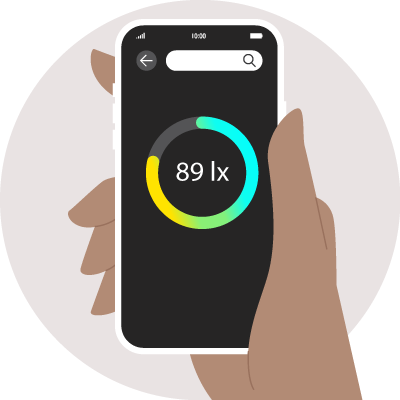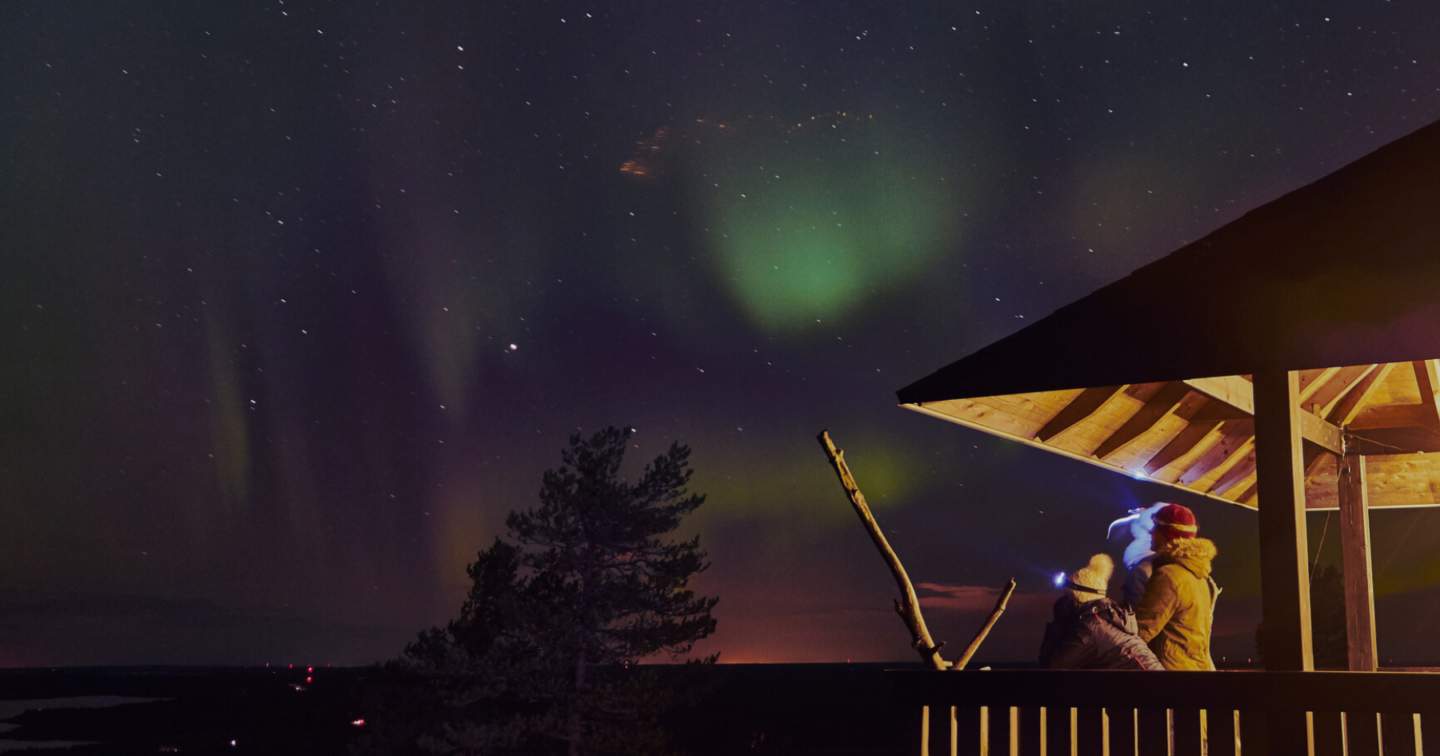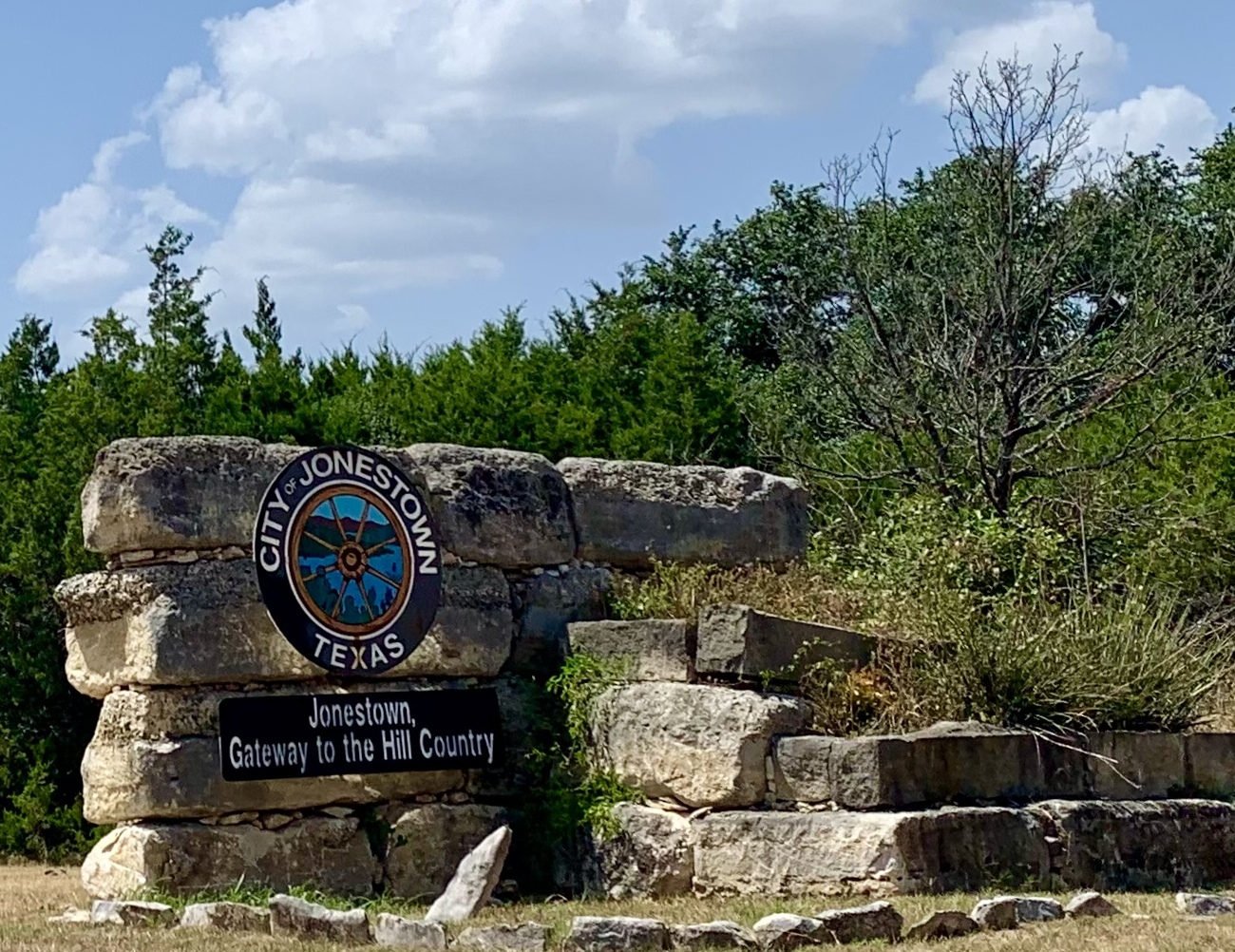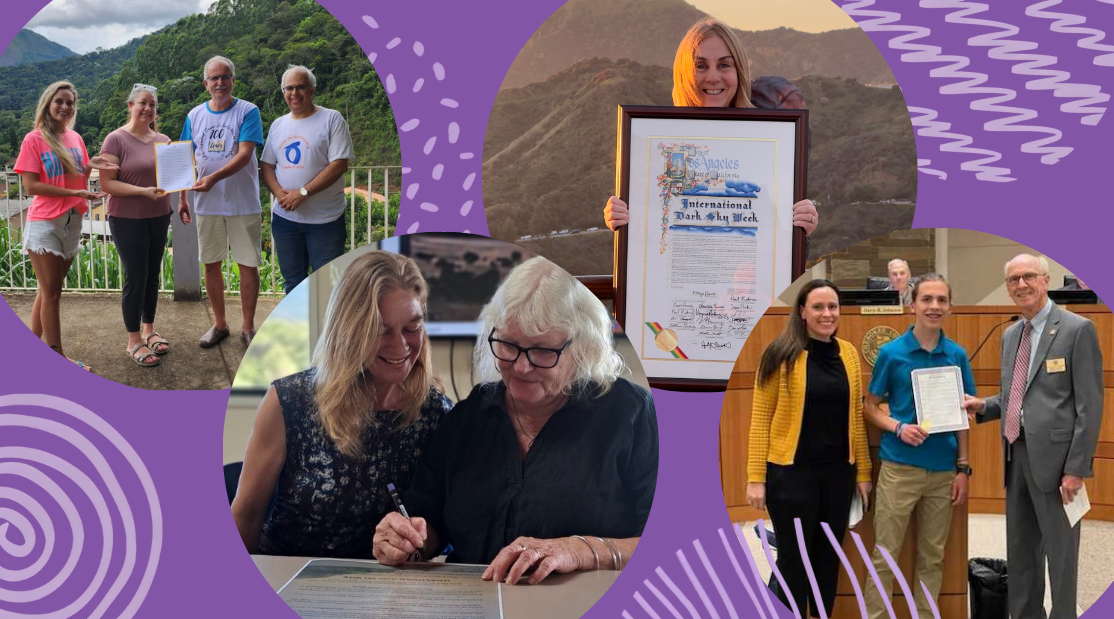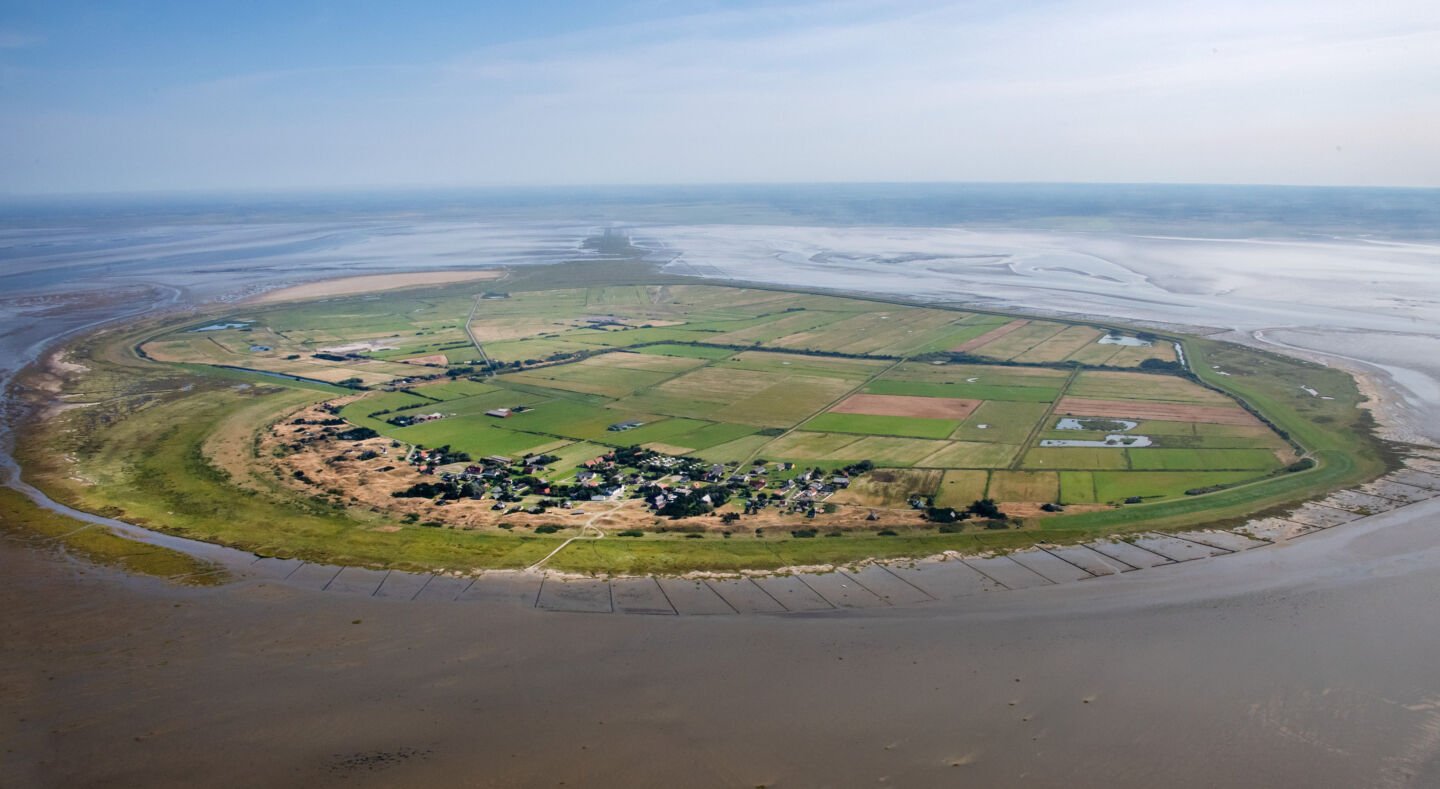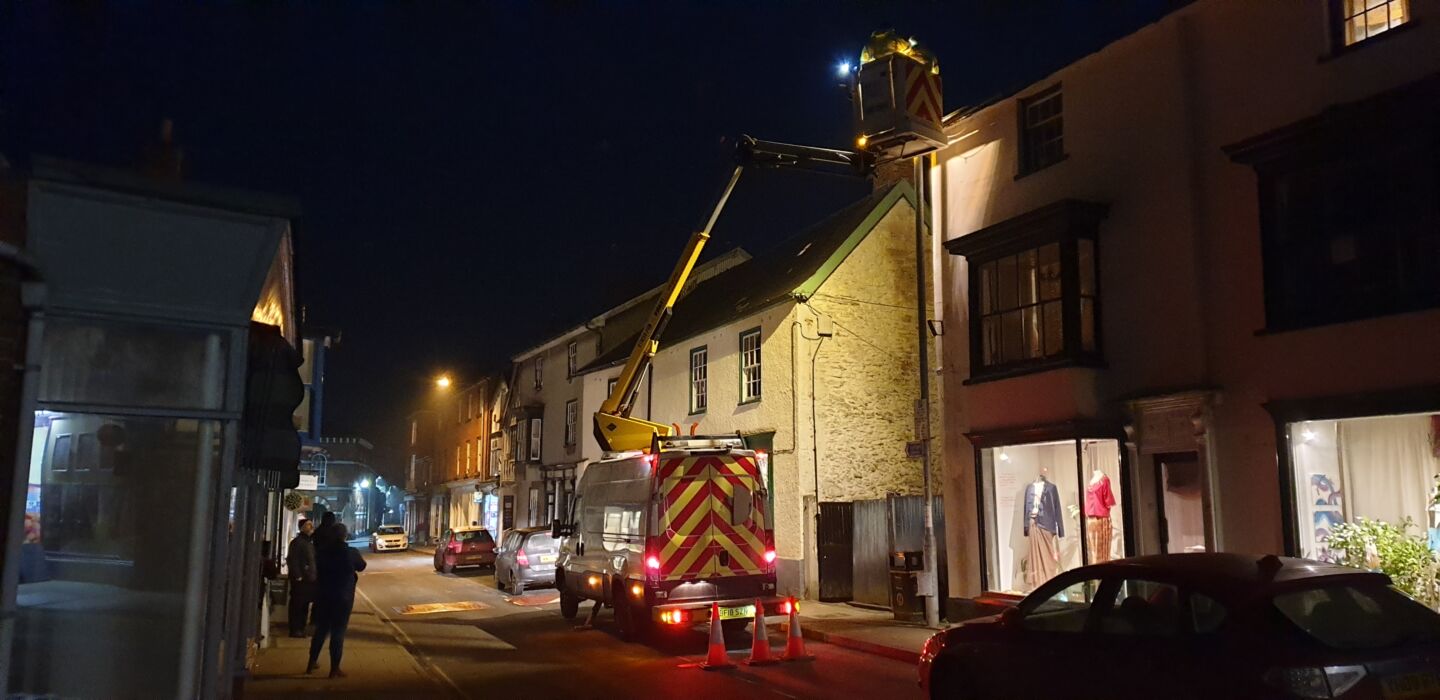
Meet Sujay Patil: Founder of the Meet Star Gazers app
Sujay Patil, an amateur astronomer based in Paris, created the Meet Star Gazers app to simplify stargazing by providing curated locations and weather data, and raising awareness about light pollution.

Each month DarkSky International features a DarkSky Advocate from the worldwide network of volunteers who are working to protect the night. This month we’re highlighting the work of DarkSky Delegate and founder of stargazing app Meet Star Gazers, Sujay Patil, in Paris, France.
Sujay Patil is an amateur astronomer from India, now based in Paris, France. He is a mechanical engineer by education and is the creator of the Meet Star Gazers mobile app. When he is not coding, he can be found sketching and reading graphic novels or books on entrepreneurship.
Amateur astronomer to founder of Meet Star Gazers
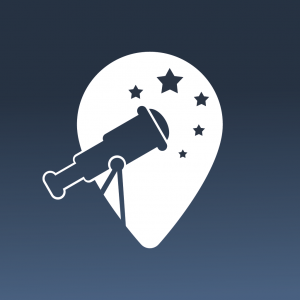
As an amateur astronomer living in Paris, Sujay struggled to find the right places to observe the night sky and began the journey to solve this problem. It is well known that the best telescope is not the biggest one, but the one you use most often. He believes that similar logic applies to locations for observing the night sky. The best location is not necessarily the darkest one, but the one closest to you. Locations near you allow you to admire the night sky more often. This was when he started studying the process of characterizing dark sky locations and became the Meet Star Gazers mobile app’s genesis.
In this process, he also realized the role of light pollution, which drew him into dark sky advocacy. The Meet Star Gazers mobile app consolidates and characterizes the best locations for stargazing. By design, the app encourages and simplifies the discovery of dark sky locations close to you, with its main audience being beginners in stargazing or astrophotography. Meet Star Gazers provides contextual information about each location and removes hurdles to enjoying the night sky more often. Stargazing locations on Meet Star Gazers are curated from astronomy festivals, star parties, conferences, and user suggestions. The map will only get better with time.
Each location on Meet Star Gazers is characterized by:
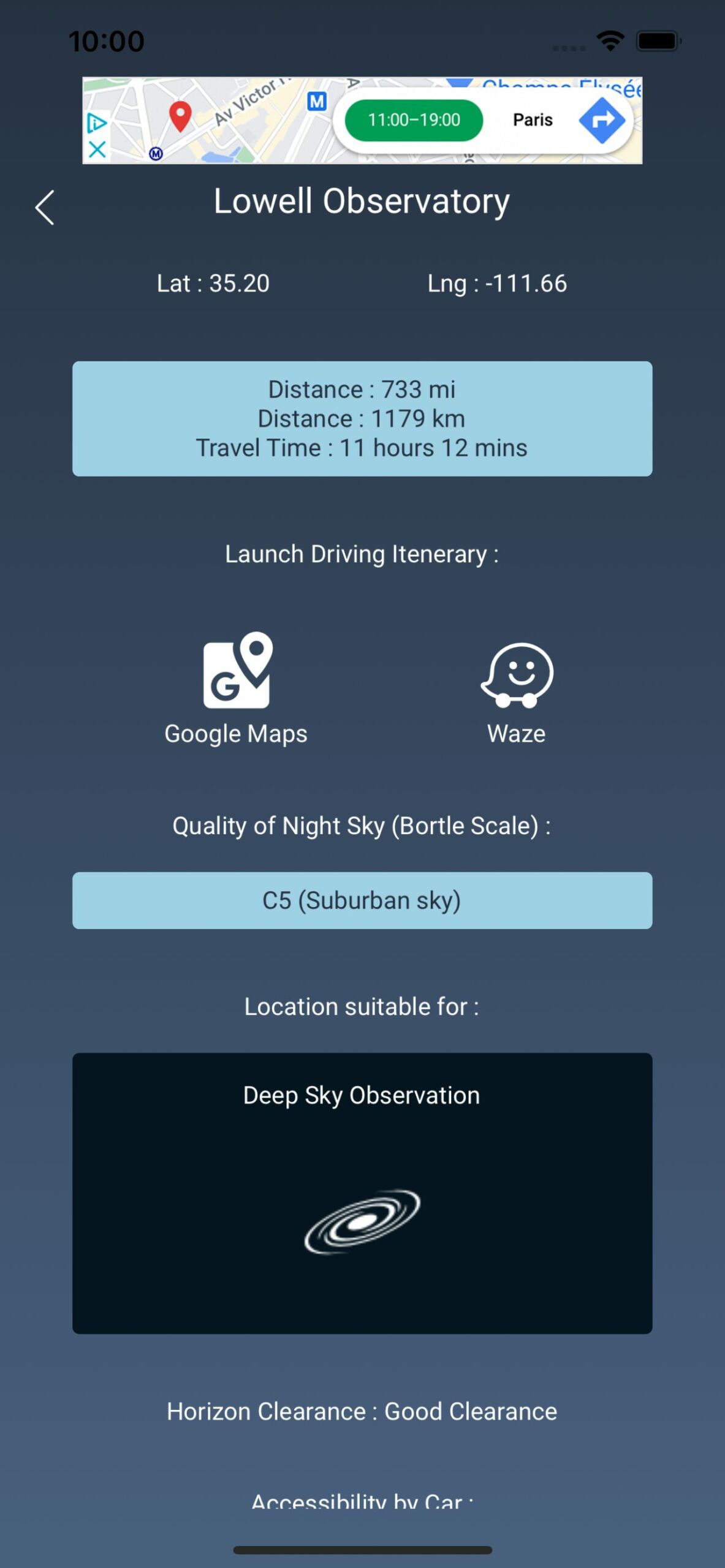
The distance from your location
Distance plays an important role in selecting a location for stargazing. You are more likely to go stargazing during a cold winter night on a weekday to a location that is close to you, even though it may have light-polluted skies.
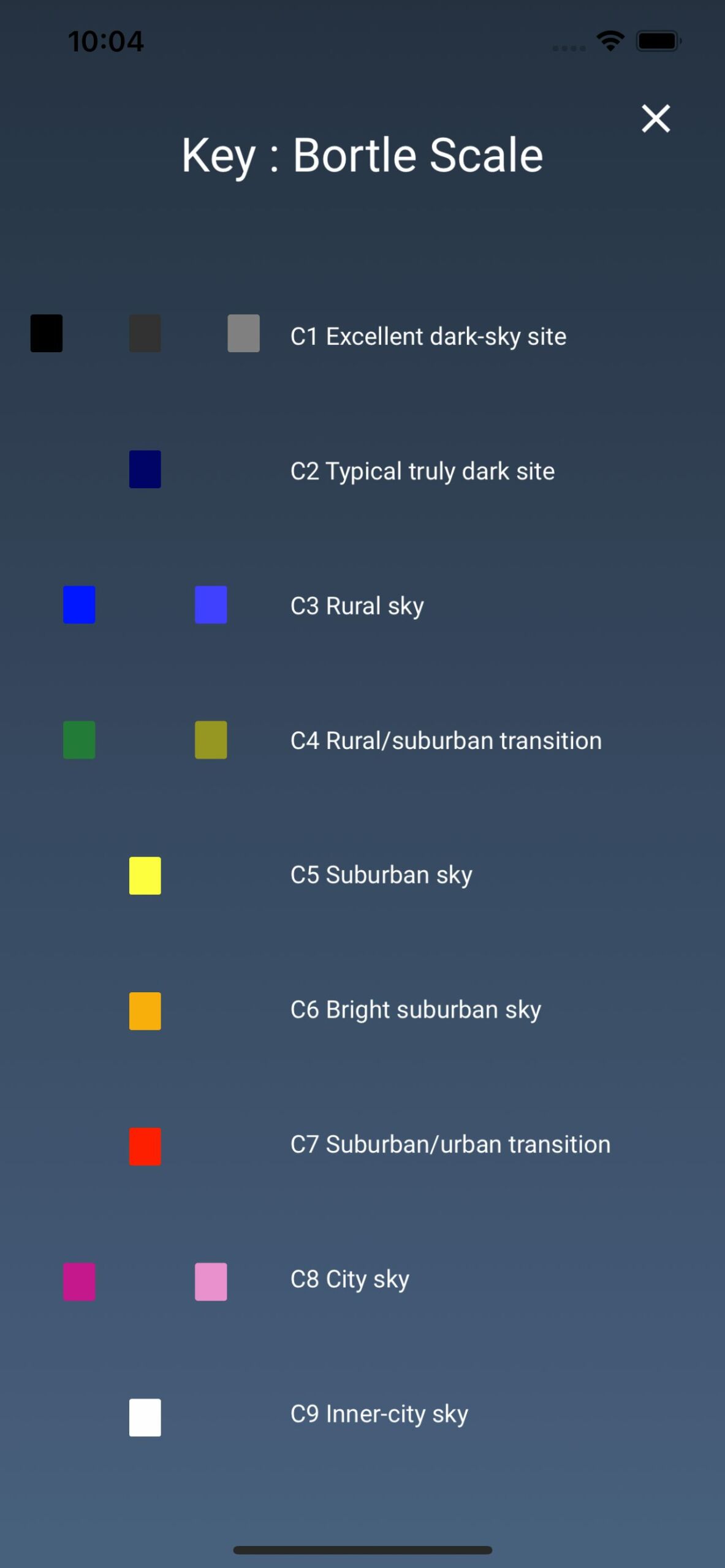
Quality of night sky expressed on the Bortle scale
To simplify the interpretation of light pollution for beginners, Meet Star Gazers provides the quality of the night sky for each location based on the Bortle scale. This is a nine-level scale proposed by John Bortle in the Sky & Telescope magazine based on nearly 50 years of observing experience. It provides a frame of reference for judging an observing site’s true darkness and a consistent standard for comparing observations with light pollution.
Type of observation the location is suitable for: planetary and lunar or deep sky
Locations close to urban centers with light-polluted skies offer the possibility of planetary and lunar observation. On the other hand, locations far away from cities and with little light pollution offer the possibility of deep-sky observation in addition to planetary and lunar observation.
Clearance of the horizon
If you reside in the northern hemisphere, our solar system’s planets are visible over the southern horizon and vice versa for those who reside in the southern hemisphere. It is important to know the clearance of the horizon at a given location for planetary observations.
Accessibility by car and space to park your vehicle
If you reside in the northern hemisphere, our solar system’s planets are visible over the southern horizon and vice versa for those who reside in the southern hemisphere. It is important to know the clearance of the horizon at a given location for planetary observations. Since most amateur astronomers drive to their observing site with their telescopes, it’s important to know if your observing site is easily accessible by car.
Availability of power supply for astrophotography or motorized telescopes
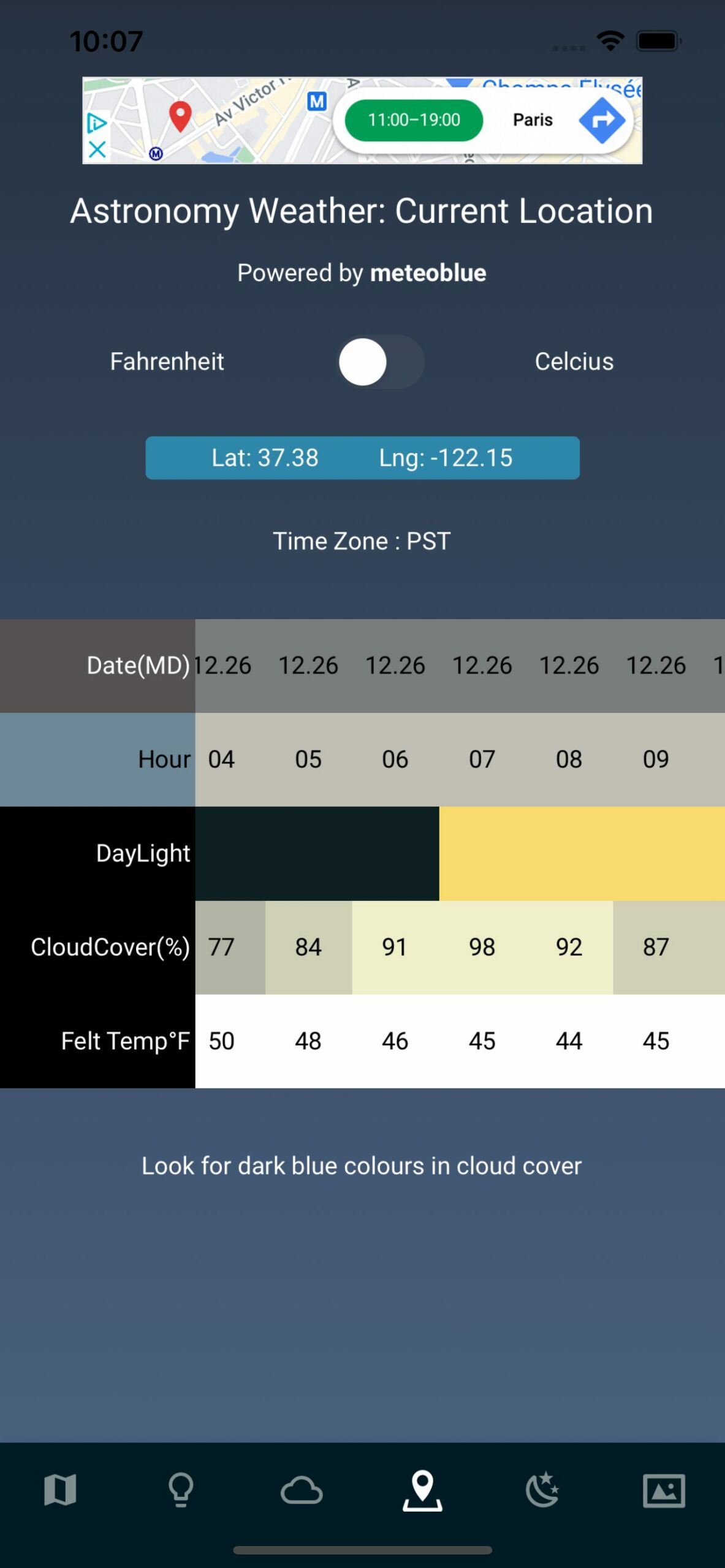
Weather data
Meet Star Gazers has partnered with Meteoblue, a global benchmark in precision weather data. Meteoblue weather models were initially developed at the NOAA/NCEP in collaboration with the University of Basel, Switzerland. Their weather forecasts quickly became popular amongst mountaineers, amateur pilots, and astronomers and integrated into Meet Star Gazers.
In addition to the above contextual information, Meet Star Gazers also provides a light pollution map, a visual map of cloud cover, and lunar as well as solar ephemerides for the month.
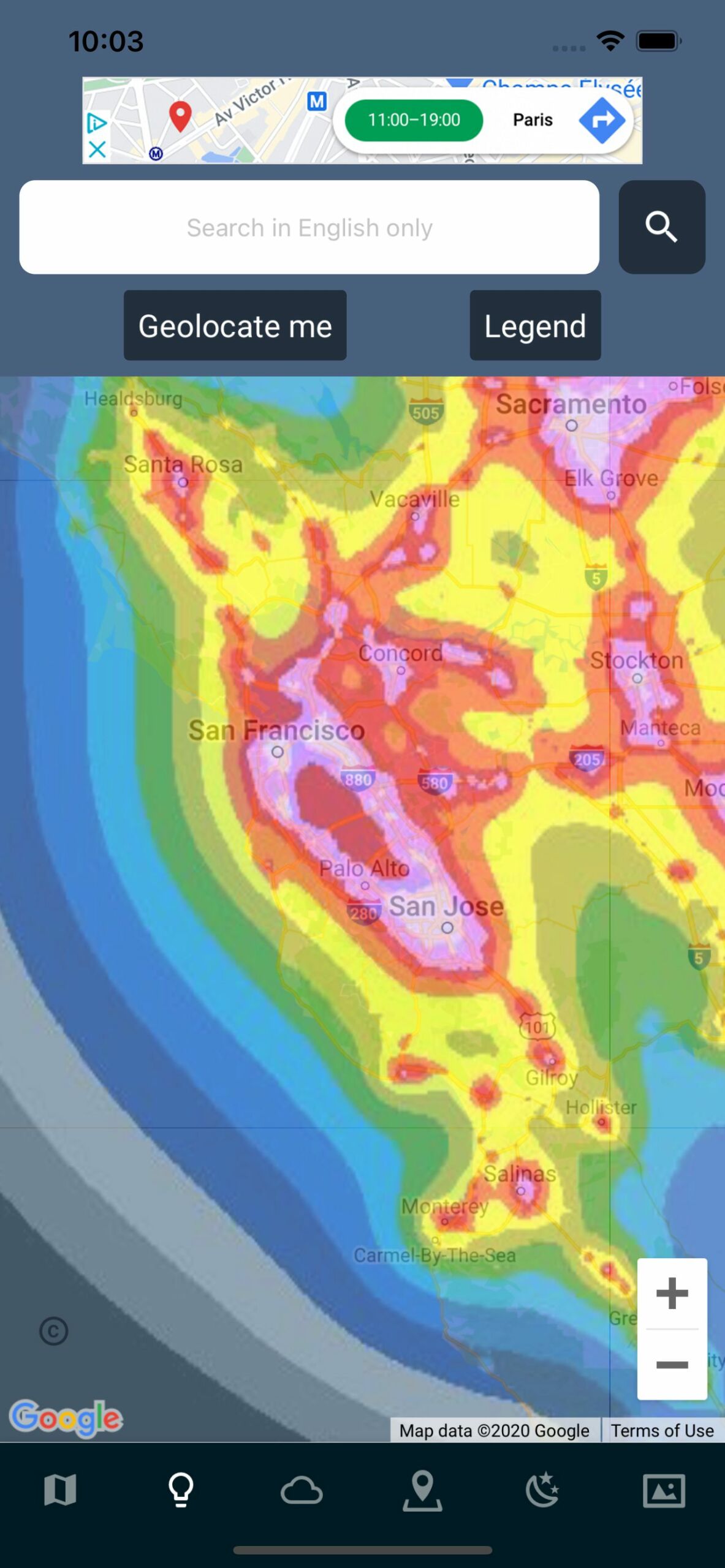
Stargazing locations on Meet Star Gazers are curated from astronomy festivals, star parties, conferences, and user suggestions. The map will only get richer with time.
Thanks to its focus on beginners, Meet Star Gazers raises awareness about light pollution and the protection of the night sky.
Links and additional information
Android: https://play.google.com/store/apps/details?id=com.meetstargazers.application
You may need to launch the app twice for the geolocation feature to work on few Android devices.
iOS: https://apps.apple.com/us/app/meet-star-gazers/id1496751760?mt=8
Website: https://www.meetstargazers.com
Explanatory video: https://youtu.be/liY0x_9uyUg
If you would like to connect with Sujay or suggest an observing site for the map, please reach out to Sujay at [email protected].
Learn more about the DarkSky Advocate Network here.




